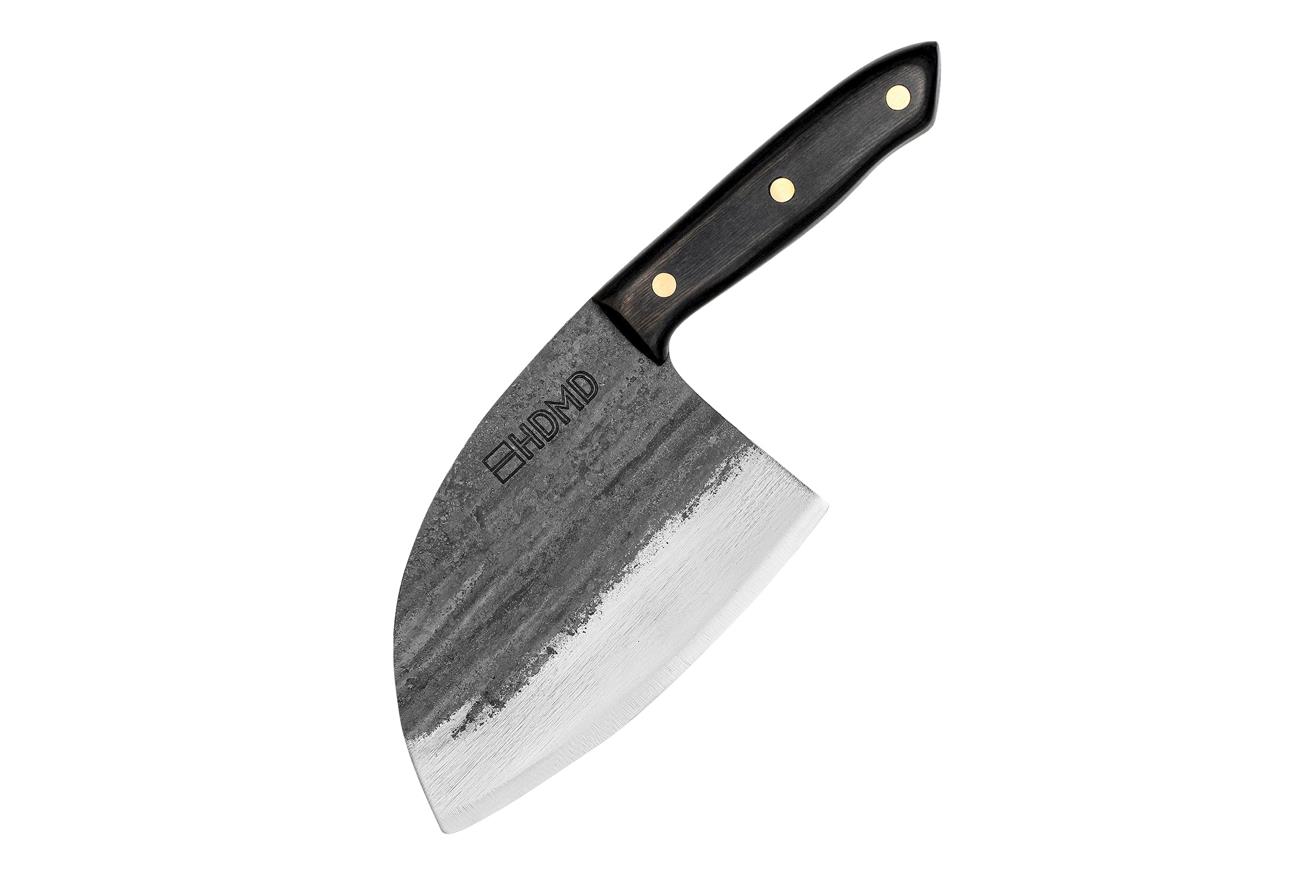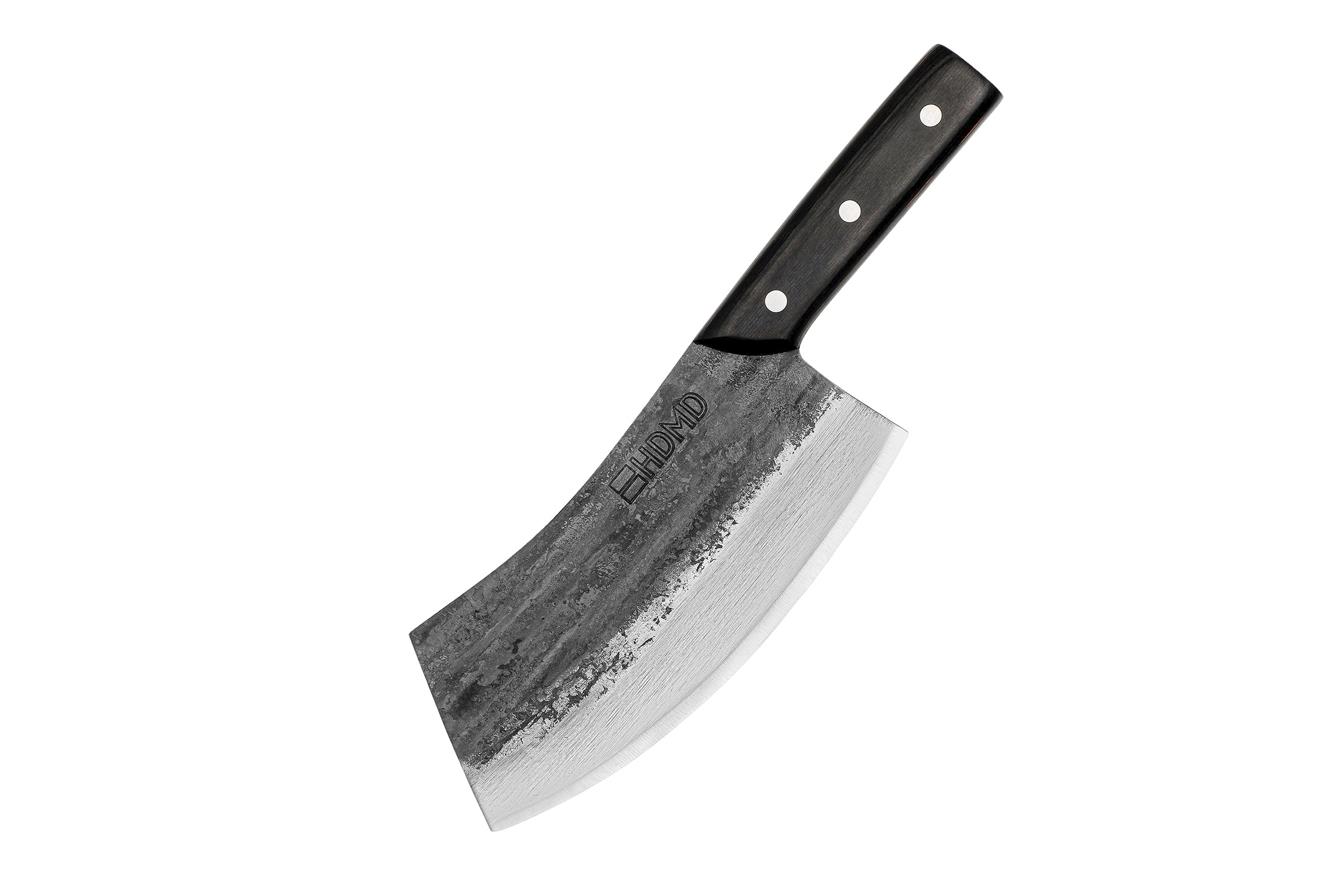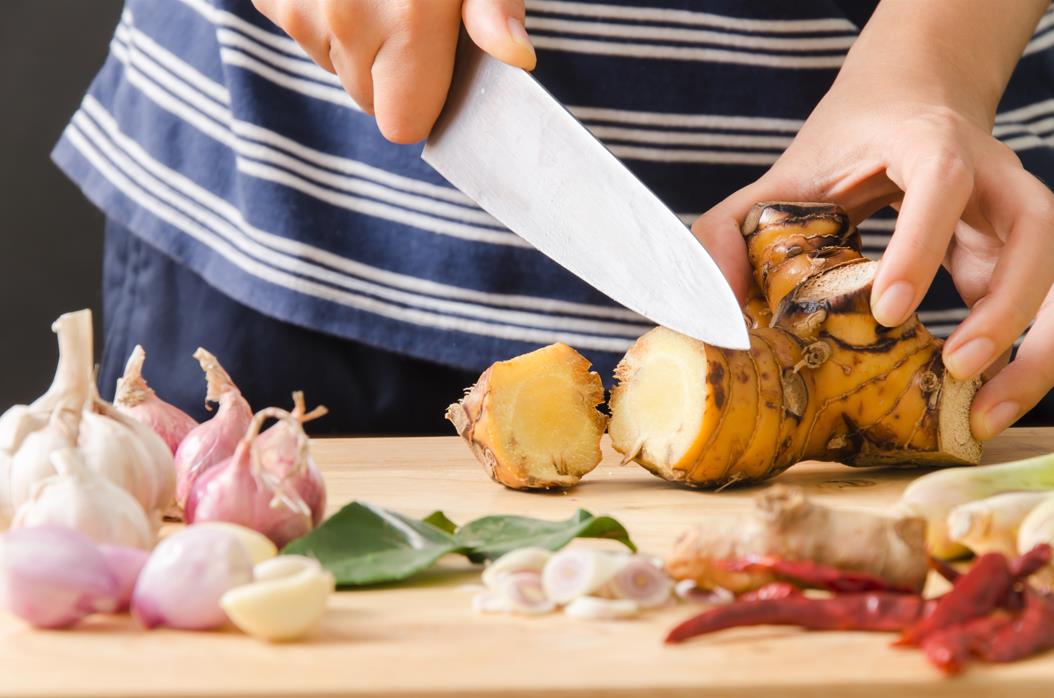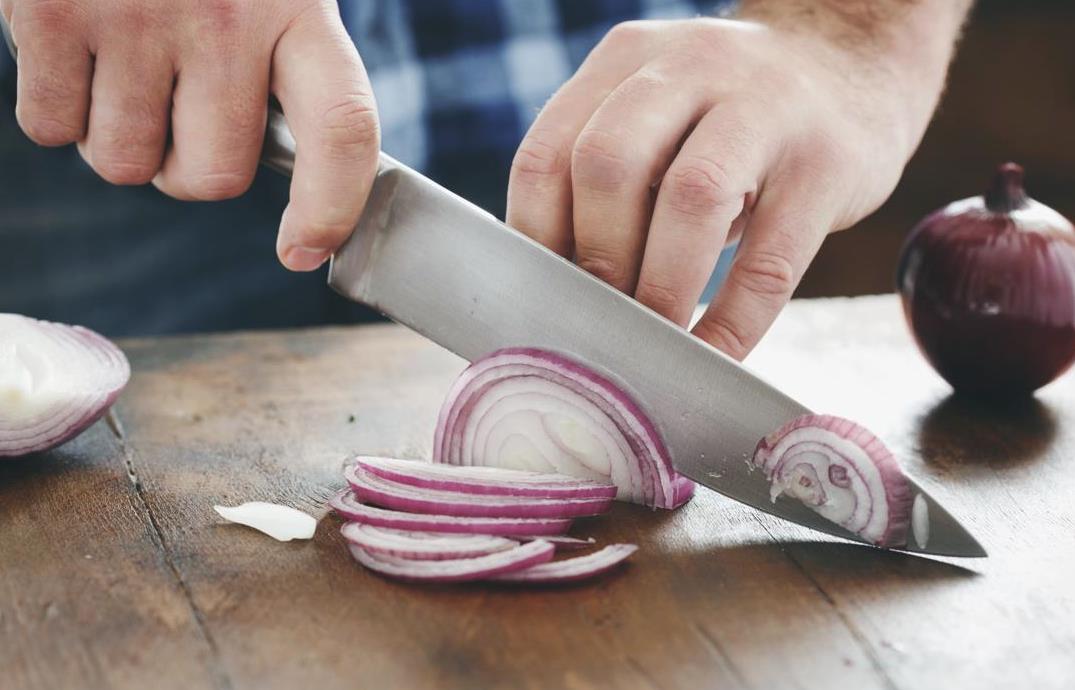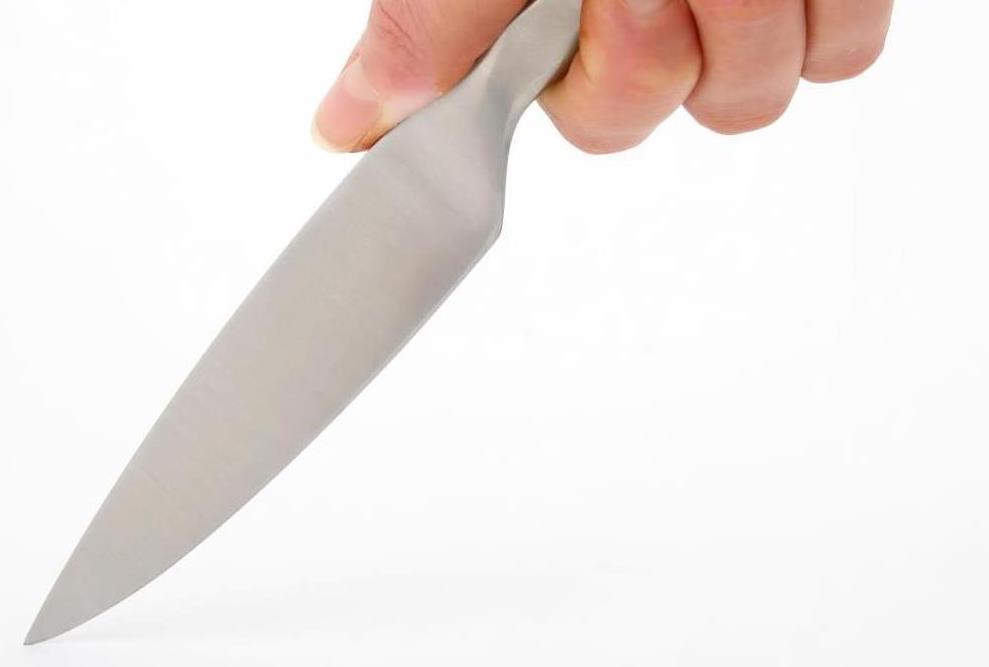Meat can be really slippery, making it a challenge to slice open, right? But getting those even cuts is key to keeping your meat tender. So, here’s the deal: if your knife is dull or just not cuttin’ it with the right design and edge, you’re gonna have a tough time. The maneuverability, blade length, edge type, and every other detail of the knife you’re using influence how you cut meat.
So, what’s the best knife to cut meat? Well, it depends on what kinda slicing and dicing you’re gonna be doing. But generally speaking, a solid, all-purpose chef’s knife is your best bet for wrangling meat.
Undoubtedly, a sharp knife will make it easier to cut through large slabs of meat. If it’s the appropriate type of knife for what you’re doing, cutting meat will be effortless.
Feelin’ like you’re wrestling with your meat? Don’t sweat it! This article’s got your back, helping you figure out which blade from your arsenal is gonna get the job done right.
Table of contents
What makes a good meat cutting knife?
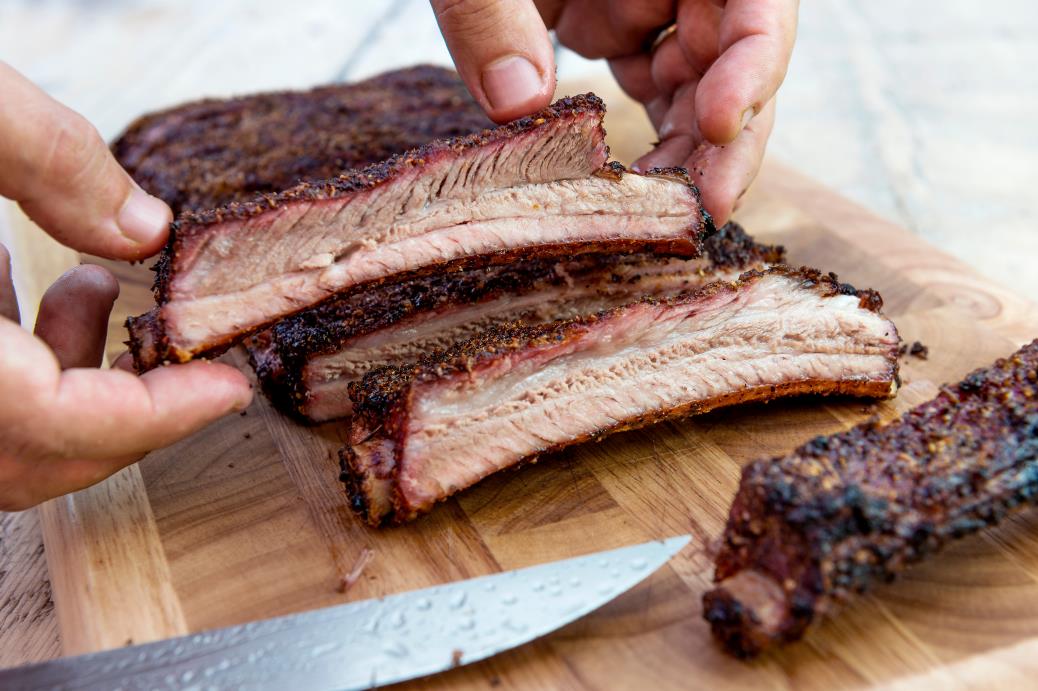
There isn’t a single knife that can handle all your meat cutting needs. Your chef’s knife may be able to cut through some small bones, but it will be a struggle when you have a whole prime rib in front of you. Situations like this call for a cleaver.
Like a chef’s knife being inferior to a cleaver for cutting bones, it won’t give you an easy time at other tasks. A chef’s or utility knife is a more suitable blade when trimming fat, cleaning up sinews, and doing other detailed work.
There is a lot of variety in meats. Because of this, there isn’t a singular meat cutting knife that will handle all the needs. The best meat cutting knife comes down to the type of meat you’re cutting, what you’re going to do with it, and your personal preferences.
Best meat cutting knives
Every blade in this list is suitable for most tasks when cutting meat. Some are better at specific tasks than others, though.
- Boning knife: A narrow blade that works incredibly well at removing meats from bones, hence the name.
- Cleaver: The sturdiest of all, cleavers are pretty much the only option for cutting through large bones.
- Carving knife: As the name suggests, these blades are for carving meats, especially tough slabs with dense fibers.
- Chef’s knife: The most versatile blade of all, chef’s knives are good at many tasks without excelling in a particular one.
- Utility knife: When a chef’s knife is too large, this is the go-to blade, favored for its easy controllability and optimal size.
These are simple words describing each knife mentioned in the above list for cutting meat. With a better understanding of when to use them, you’ll be no different than a butcher in no time.
Chef’s knife
A staple for every kitchen, chef’s knives are adaptable and can handle many tasks. They don’t excel at specific tasks like specialty knives do. Nonetheless, chef’s knives satisfy many needs without excelling in a particular one.
It won’t be able to get through bones as easily as a cleaver or separate the meat as smoothly as a boning knife does. Still, it will help the cook complete many things, from slicing steaks, cutting through joints, breaking down a large cut into smaller pieces, and many others.
When using a chef’s knife, it’s important to utilize different parts of the blade for specific needs.
For example, a sharp chef’s knife can thinly slice meats as good as a carving knife. A sizable chef’s knife’s heel is for slicing through tough cuts with lots of connective tissue binding them. The tip is to remove the sinews and excess fat before cooking. The sharp edge is adequate for slicing steaks.
A chef’s knife may not be perfect at everything. It’s still convenient and adaptable enough if you don’t have a dedicated specialty knife for cutting meat.
Chef’s knife: product recommendation
There are many options with chef’s knives. You can go for a Japanese Gyuto or a typical western chef’s knife with plenty of sizes.
Since you’ll be cutting meat, the HDMD’s handmade Serbian chef’s knife can aid with more than just cleaning up and slicing meat. It’s a sturdy knife that can tackle many meat cutting needs, from heavy-duty to delicate.
Cleaver
A meat cleaver is a primary tool for butchering a whole cow, lamb, or beef from start to finish. Any cut of meat with bones, whether small or big, calls for a cleaver. They are by far the only type of blade you can use comfortably without worrying about any damage to the blade.
The cleaver’s design allows you to use it for more than just cutting tough meats. The surface area is perfect for tenderizing meats and chopping and mincing dense ingredients like nuts and root vegetables.
Cleaver: product recommendation
The knife brands mentioned for boning knives have cleavers that are just as durable. If you’re looking for a meat cleaver to solely use on chopping bones, you can’t go wrong with them.
However, if you want to get more use out of a cleaver, we highly recommend checking our hand forged chef’s knife. This handmade knife has a curved edge that offers more than just cutting through bones.
Utility knife
If a chef’s knife feels too big, a utility knife is the best alternative – perfect for petite hands! It has better maneuverability with its medium-size blade, ideal for going around joints and cartilages. Utility knives are still lengthier than a standard paring knife but shorter than a chef’s knife, providing enough blade size.
When looking for the best utility knife to cut meat, it’s vital to stay away from those with a serrated edge. A straight-edged, sharp utility knife is great for preparing meat or slicing small pieces, whether raw or cooked.
Utility knife: product recommendation
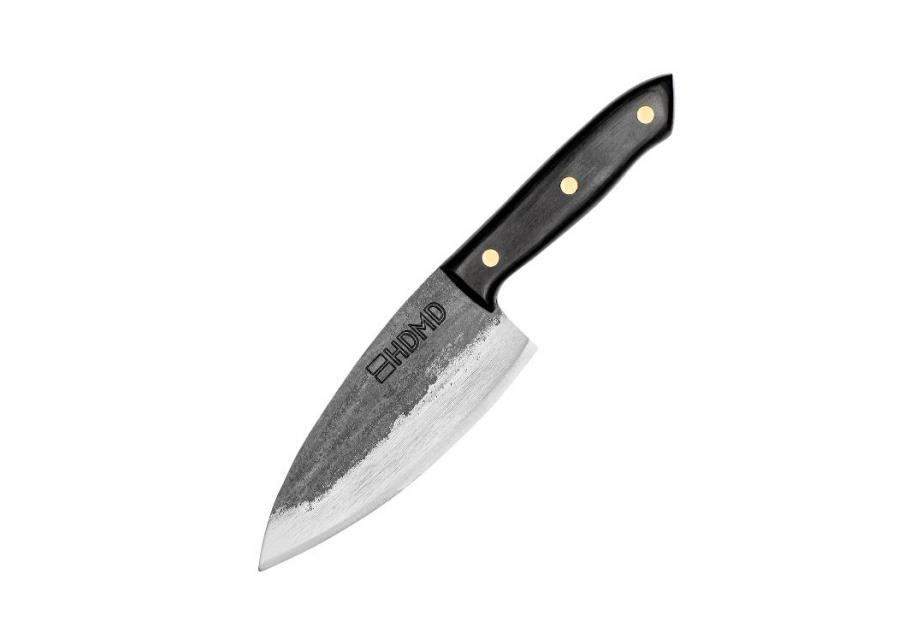
The HDMD Utility Knife is roughly 6.5 inches long with a sizable surface area and everything you would look for in a traditional utility knife. It has a sharp pointy tip, allowing you to easily make openings to separate unwanted fat and sinews.
The Japanese equivalent of a utility knife is the Petty knife. It’s the same as the Gyuto, the Japanese chef’s knife for cutting meat, but smaller. Consider the Petty instead of the western utility knife to pair your other Japanese knives.
Boning knife
The most ideal tool for deboning all kinds of meats, from poultry to beef to lamb to any other, boning knives have a long, narrow blade that’s often flexible. The Japanese equivalent of western boning knives is Honesuki, with an entirely different blade design.
These knives aren’t only good at deboning poultry and meats, though. They also work incredibly well for trimming excess fat, peeling skin, and making it ready before cooking overall.
Because of the blade design of boning knives, they have a distinct cutting style. When cutting, it should be a long stroke from the heel to the tip by pulling the blade towards yourself. Otherwise, the cuts won’t be as consistent and can leave the meat you’re trying to separate attached to the bone.
Carving knife
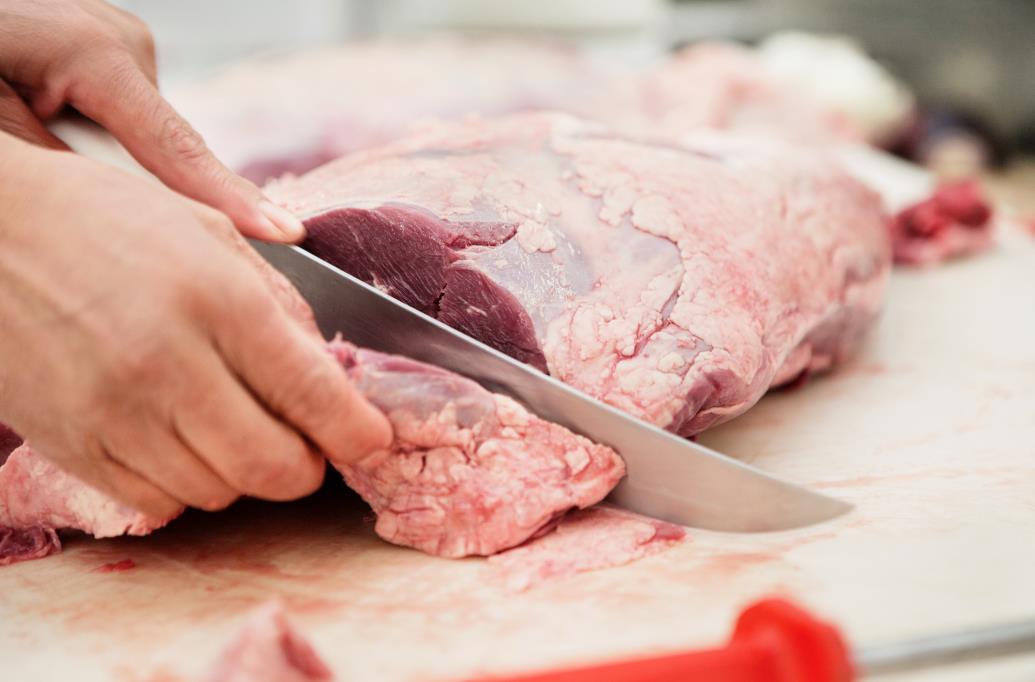
The blade design of a carving knife resembles a boning knife. The difference is carving knives have a sturdier and thicker blade profile. The thick blade doesn’t offer much maneuverability compared to the boning knife. Carving knives are much better at breaking down whole cooked poultry.
One area carving knives work better than others is slicing tough cuts of cooked or raw meats, like roasts and hams. A carving knife can provide some use for precision tasks, but a chef’s knife or boning knife will be more adequate.
Because of the blade design and thickness, carving knives are better for cutting and breaking down cooked meats than preparing them before cooking.
Things to consider before buying knives for meat
We’ve identified the types of knives you can use for cutting meat. What’s left is to go over the small details based on your preferences.
Is it adaptable?
Answering whether or not you want a specialty knife to tackle a specific need or a versatile option to handle many things is vital. For example, if you’re constantly making roasts, a carving knife is more reasonable than a utility knife.
Identifying your expectations from a knife and what you’re going to do with it is critical. Otherwise, you’ll end up with a blade that doesn’t deliver the optimal results.
Handpicked for you
True cutting power in the palm of your hand
Blade design
Another example would be choosing a utility knife over a chef’s knife. When you need a dedicated knife to cut meat and prefer smaller blades with easier controllability, it doesn’t make as much sense to go for a 10-inch chef’s knife.
Additionally, the blade width is an important factor to consider. Using a knife with a narrower blade means the slices won’t stick to the blade. Surely, this is good with uncooked meats, but it’s different when you have a large cooked roast. Slicing cooked meats and letting them fall can easily tear them apart, making all that juice waste and ruin the tenderness of the bites.
Handle design
Not all blades come with the same handle equipped. The knife’s manufacturer will fit it with a handle appropriately sized for the blade, but your preferences also matter.
These are primarily the handle material and the design. Most kitchen knives to cut meat, in this article, have a western-style handle. These handles are sturdier and provide a firmer grip than the Japanese wa-handles. If slicing is the primary focus, looking for a Japanese handle may be better suited, depending on your cutting style.
Selecting the right knife for the job

When choosing a knife for meat preparation, it is crucial to select a type designed for the specific task to ensure clean cuts and ease of use. Here is a guide to help you choose the best knife for different meat cutting needs.
For raw meat
To handle raw meat efficiently, your go-to should be a chef’s knife for general purposes or a butcher’s knife for larger pieces. The chef’s knife allows for precise cuts, while the butcher’s knife, with its curved blade, is perfect for slicing through thick cuts and joints.
For cooked meat
A slicing knife is ideal for cooked meat, with its long, thin blade ensuring smooth, even slices without tearing. For a more specialized option, consider a carving knife to navigate around bones and joints of roasted cuts.
For trimming meat
Trimming meat of fat and sinew requires a knife that offers precision and control. A boning knife, with its flexible and sharp blade, is the best knife for trimming meat, allowing you to get close to the bone and make accurate cuts.
For carving meat
In the case of carving, your best choice is a carving knife. This knife is specifically designed to cut thin slices from larger cuts of meat, such as turkey or beef roast, and ensures that every slice has a clean cut.
FAQs
What is the best knife to cut steak?
A perfectly cooked steak to your liking calls for a proper knife that will contribute to the tenderness of every piece. For most people, a dedicated steak knife is the best. A steak knife is pretty much the same as a utility knife but with a smaller blade. If you don’t have a steak knife or utility knife, a carving knife or the Japanese Petty knife will slice steak just as great.
Can I use a bread knife to cut meat?
Using bread knives to cut meat should be the last resort when you don’t have another option. The serrated edge isn’t ideal for cutting any raw meat. If it’s a roast with a crispy outer layer, you can use a bread knife as a secondary option. The serrated edge works better with poultry than red meat, but it shouldn’t be the go-to blade. Read this detailed article on cutting meat with a bread knife to find out more.
Final words
There isn’t a universally accepted best knife to cut meat. The ideal blade type varies depending on what you cut and how you prefer cutting it, expectations from a blade, and personal preferences.
Nonetheless, a carving knife for breaking down whole poultry and slicing boneless meats, a boning knife to separate meat from bones, a cleaver to cut through bones, a chef’s knife to tackle all tasks, and a utility knife to do everything with easier control will get you far in the kitchen.
Keen to get your very own meat slicer? Get the best quality knife from our collection now.

